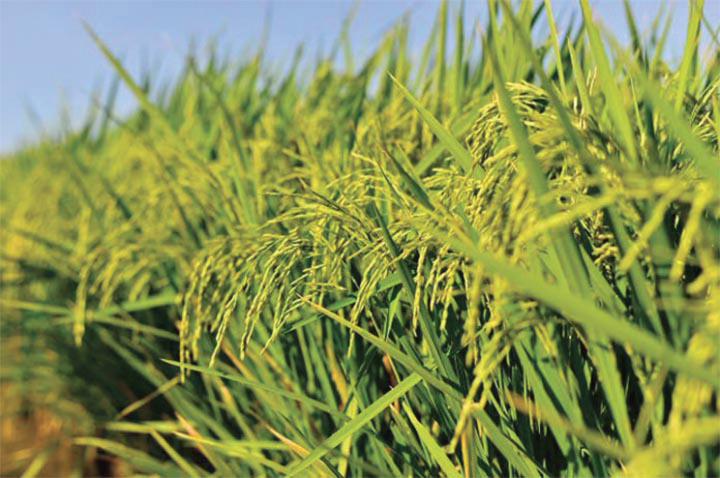
President Ferdinand R. Marcos Jr. has ordered the geomapping of agricultural lands in the country to optimize food production.
Marcos said the measure will establish soil maps for specific agricultural products, which will serve as guide for farmers on what to plant in their localities.
While geomapping is already being used by government agencies, such as the Bureau of Internal Revenue (BIR), National Mapping and Resource Information Authority (NAMRIA), and the Department of Agriculture (DA), the president said it is being done on a limited scale.
“We are putting together everything because it is hard to survey everything. So, we will know the areas and it also started with irrigation with the NIA [National Irrigation Administration],” Marcos said.
He also said the geomaps will also be useful in addressing farmland titling issues as the government pushes for consolidation of agricultural lands.
Stakeholder meeting
Marcos made the decision during his discussion with the members of the Philippine Rice Industry Stakeholders Movement (PRISM) in Malacañang last Wednesday.
During the meeting, PRISM members raised their concerns about the “roadblocks” in the country’s rice production, which includes the unavailability and lack of access to real-time data, which will be useful for their operations.
They also complained about the high cost of rice production as well as their limited access to market, capital investment, and extensive irrigation system.
Also discussed were the adverse impact of Bureau of Internal Revenue (BIR) policies, the threat of El Niño and climate change, slow adoption of vital rice production technology, misaligned programs and activities across agri-related government agencies, inconsistent consultative meetings among the various rice stakeholders, and rice smuggling.
Interventions
Government officials who were present in the meeting noted that the said concerns are already being addressed by several government programs including the credit and financing by the DA and the Land Bank of the Philippines, as well as the establishment of climate-smart agriculture infrastructure.
They also said farmers can access useful data for food production, such as the Smarter Approaches to Reinvigorate Agriculture as an Industry in the Philippines.
Several government policies, which were flagged by rice stakeholders, are also being reviewed such as importation schedule, review of the Rice Tariffication Law (RTL) and its implementing rules and regulations (IRR).
Officials said rice farmers and traders will also benefit from the National Agricultural and Fisheries Modernization and Industrialization Plan and the proposed pre-shipment inspection system by the Department of Finance (DOF).
Additional request
PRISM Founder and Lead Convener Rowena Sadicon said they were pleased with the President’s response to their concerns.
“Overall we were very happy that at last the importance of the whole rice value chain has been recognized. It was a success, everyone in the room including the government officials were very happy with the meeting’s outcome,” Sadicon told BusinessMirror via SMS.
However, Sadicon said they requested another meeting with the president to discuss the RTL and its IRR.
“We knew that time to discuss this will not be enough, that’s why we have requested to discuss this in a separate meeting,” she said.
The DA said last year that it could come out with the results of the RTL review in the first quarter of 2023.
Image credits: www.philrice.gov.ph
